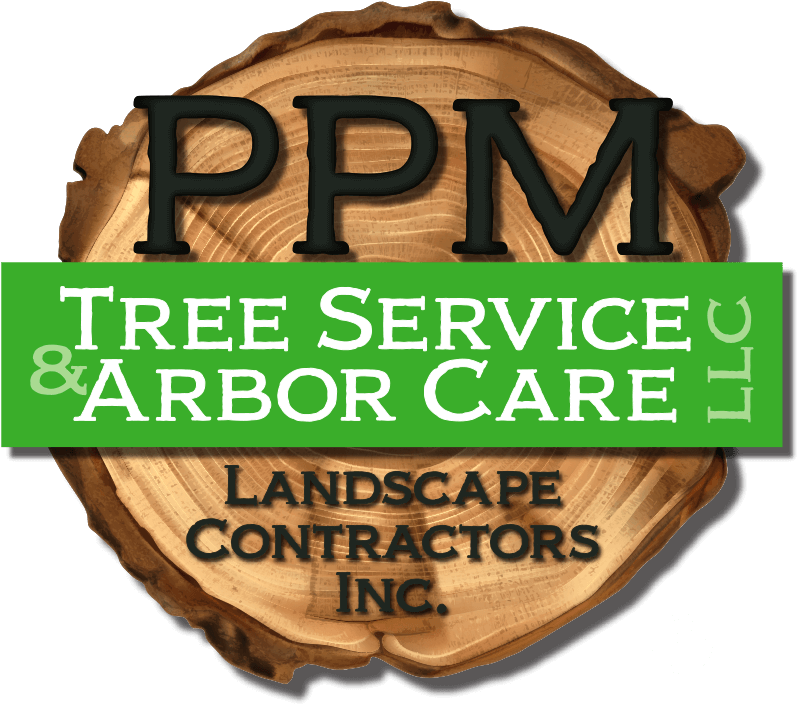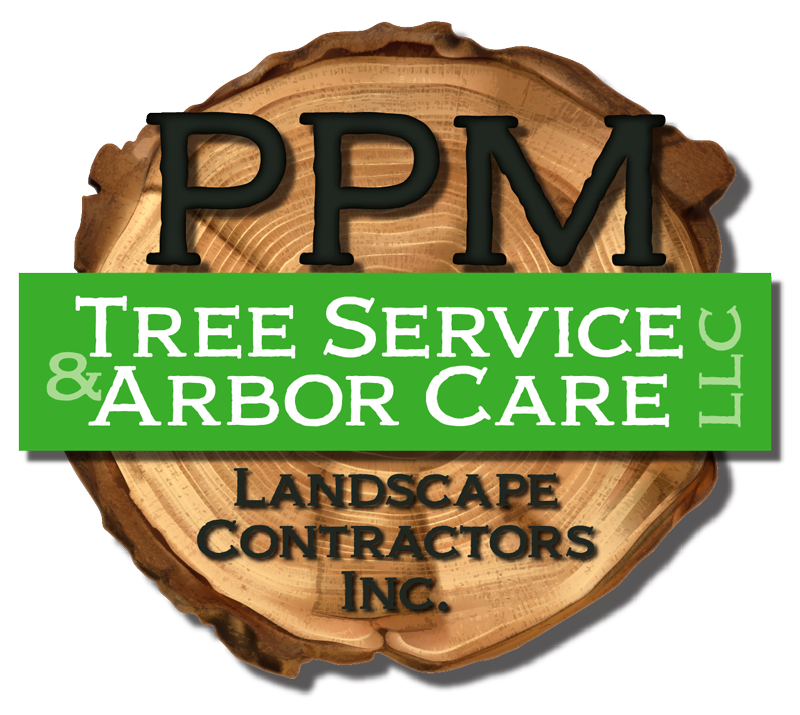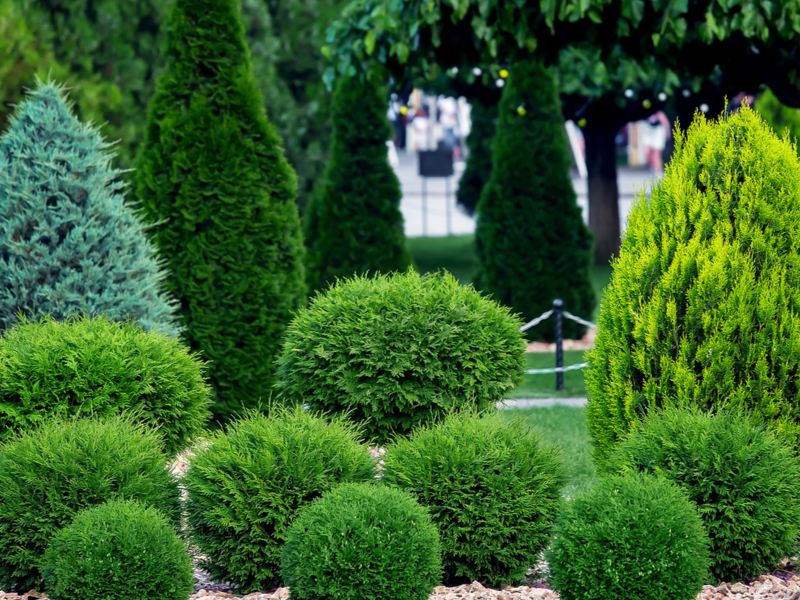5 Interesting Facts About Evergreen Trees
Evergreens in landscaping provide beauty, shade, and a delicate scent that evokes memories of Christmas. How much do you really know about this iconic symbol? Today, we’ll teach you some fascinating facts about these beloved trees.
Facts About Evergreens
1. Evergreens Are Not All Conifers
There are two types of trees in the world: coniferous and deciduous. Conifers are trees that produce a cone, rather than a flower, to hold their seeds. These types of trees also have needles, 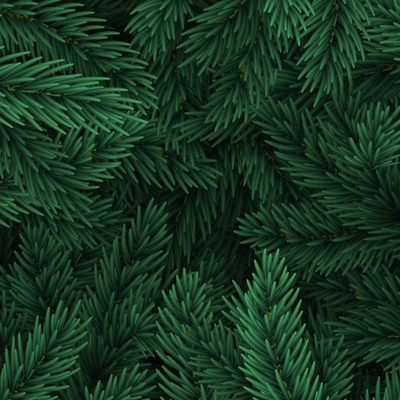 instead of leaves, that stay on the tree year-round. While these needles will eventually die and fall off, they do not do so all at once, as many trees do in autumn. Trees that shed all their leaves during the dry season are deciduous, from the Latin word decidere, meaning “to fall off.” Many people commonly refer to coniferous trees as “evergreen,” but not all conifers are actually evergreen. These oddballs have cones and needles, but they too lose their foliage in the fall. As such, the definition of evergreen needs a flexible translation.
instead of leaves, that stay on the tree year-round. While these needles will eventually die and fall off, they do not do so all at once, as many trees do in autumn. Trees that shed all their leaves during the dry season are deciduous, from the Latin word decidere, meaning “to fall off.” Many people commonly refer to coniferous trees as “evergreen,” but not all conifers are actually evergreen. These oddballs have cones and needles, but they too lose their foliage in the fall. As such, the definition of evergreen needs a flexible translation.
2. Evergreens Can Be Firs, Pines, Or Spruces
If you’ve ever purchased a real Christmas tree, you’ve seen those three terms batted around. You might even think they are just arbitrary names. However, all three of these have distinct differences that will help you identify which kind of tree you’re dealing with.
Pines
Needles can be short or long, but the defining characteristic here is the needles come in clusters of two, three, or five needles.
Spruce
Spruce tree needles are attached individually to the branches, make a sprig of spruce easy to roll between your fingers. However, you may not want to do this since spruce needles are harder and sharper than pines and firs. Another way to tell if a tree is in the spruce family is to look at the needles’ base. Spruce needles have small projections, and when the needles have fallen off, these telltale bumps remain.
Firs
Fir trees fall into the middle of the Venn diagram of evergreen trees, between spruces and pines. Like spruces, their needles are attached individually to the tree. Like pines, these needles are flat, soft, and cannot be rolled between your fingers.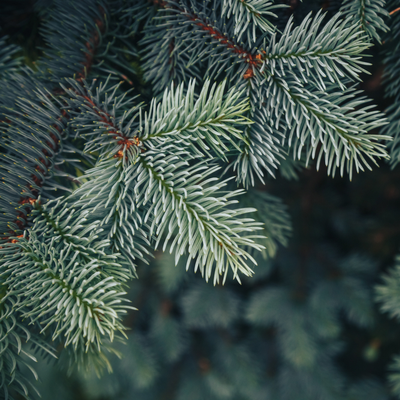
3. Evergreens Have Been Used In Winter Festivals For Thousands Of Years
Germany started the Christmas tree tradition, as we know it today, during the 16th century. However, evergreens were used in pagan celebrations long before the arrival of Christianity in Europe. These pagan cultures used branches of evergreens in their homes around the winter solstice, when the days start to get longer again. Since many evergreens keep their leaves throughout the cold dark winter, these trees symbolized the hope that spring was soon to arrive. When Christianity became the main religion in Europe, using evergreens to celebrate continued, only now they symbolized the Christian idea of everlasting life with Jesus. Sometimes cherry or hawthorn plants were used as well.
4. You Can Gauge Humidity By Looking At A Pine Cone
Pine cones exist to keep the seeds dry and protect them from the elements. When the weather is drier, the pine cone will open up so the seeds can disperse. When the air is high in humidity, the cones will close up to keep out moisture.
5. Evergreen Smell Is Produced By Terpenes
Terpenes are compounds composed of hydrogen and carbon atoms. Terpenes are also the chemical that gives citruses their distinctive scent. It’s the smaller terpenes, known as monoterpenes, that distinguish between citruses and evergreens. The monoterpene that creates the unique piney scent is appropriately called Pinene.
Get Help With Your Evergreen From PPM Tree Service & Arbor Care
Evergreens make a beautiful addition to any yard. If you’d like to use evergreens for your landscaping or have one that needs some care, trust the experts at PPM Tree Service & Arbor Care. Our team of licensed arborists will have your evergreens looking their best in no time with our pruning, trimming, and planting services. Call (877) 454-8733 today or contact us here for a free estimate. For more ideas and tips on tree care, check out our monthly blog. For the latest deals and offers, like us on Facebook and follow us on Twitter.
